8 October 1778 Thursday
Everyone was having breakfast together.
"I had a strange dream last night. This very odd looking woman kept saying I didn't take the copper plates with me to Paris."
"I had the same dream!"
"Pietro, stop lying, and Francesco, what was so odd about the woman?"
"She was wearing some kind of pinto dress."
"My dream was different then. My lady was naked."
It's a good thing Angelica didn't hear that, or else Pietro'd had gotten a whack on the head. And that would've been too much for a five-year old."
"And Laura, did you have any strange dreams last night?"
"As a matter of fact I did. I was with Dante and we went to the Inferno, and lo and behold everyone there was doing the same thing."
"What same thing?"
"Well father, if you must know, they were all scraping and burnishing."
Francesco burst out laughing, of course, and Piranesi unsuccessfully tried his damnedest not to.
47 y.o. Francesco Piranesi 1805
Le Antichità della Magna Grecia Parte III
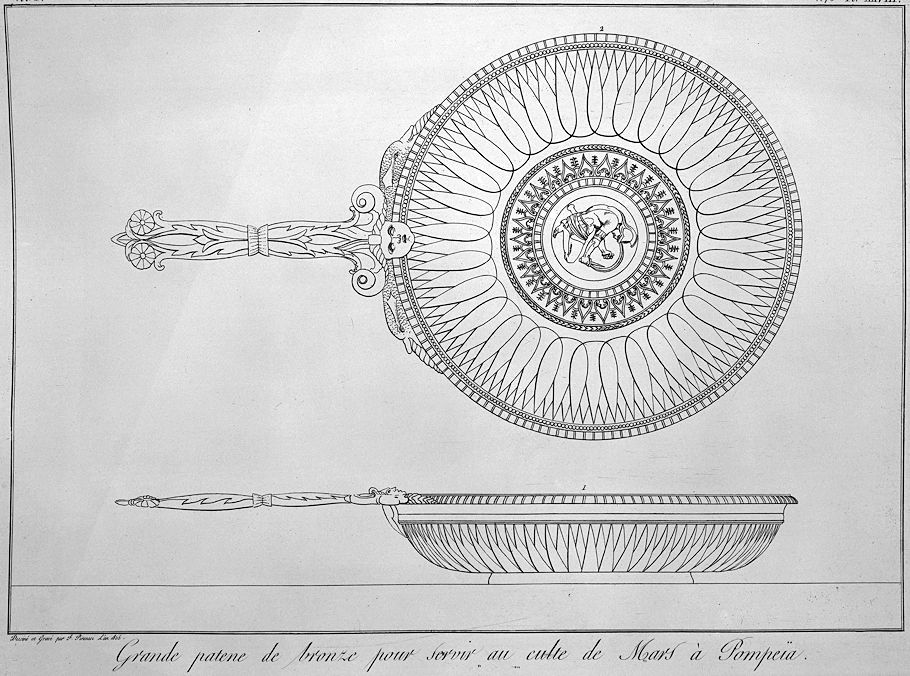
Large bronze patene to serve in the cult of Mars in Pompeii.
Drawn and Engraved by F. Piranesi Year 1805
8 October 1812 Thursday
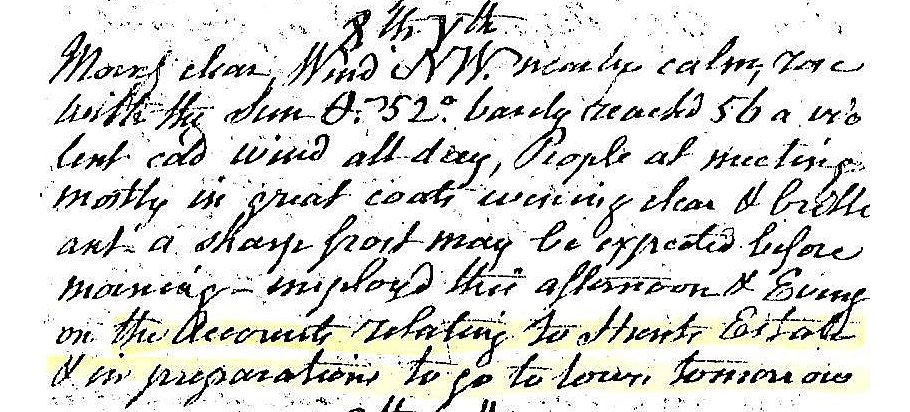
Morning clear, wind NW, nearly calm, rose with the sun, temperature 52°, barely reached 56, a violent cold wind all day. People at Meeting mostly in great coats. Evening clear and brilliant. A sharp front may be expected before morning. Employed this afternoon and evening on the account relating to the Hunt's Estate and in preparation to go to town tomorrow.
8 October 2017
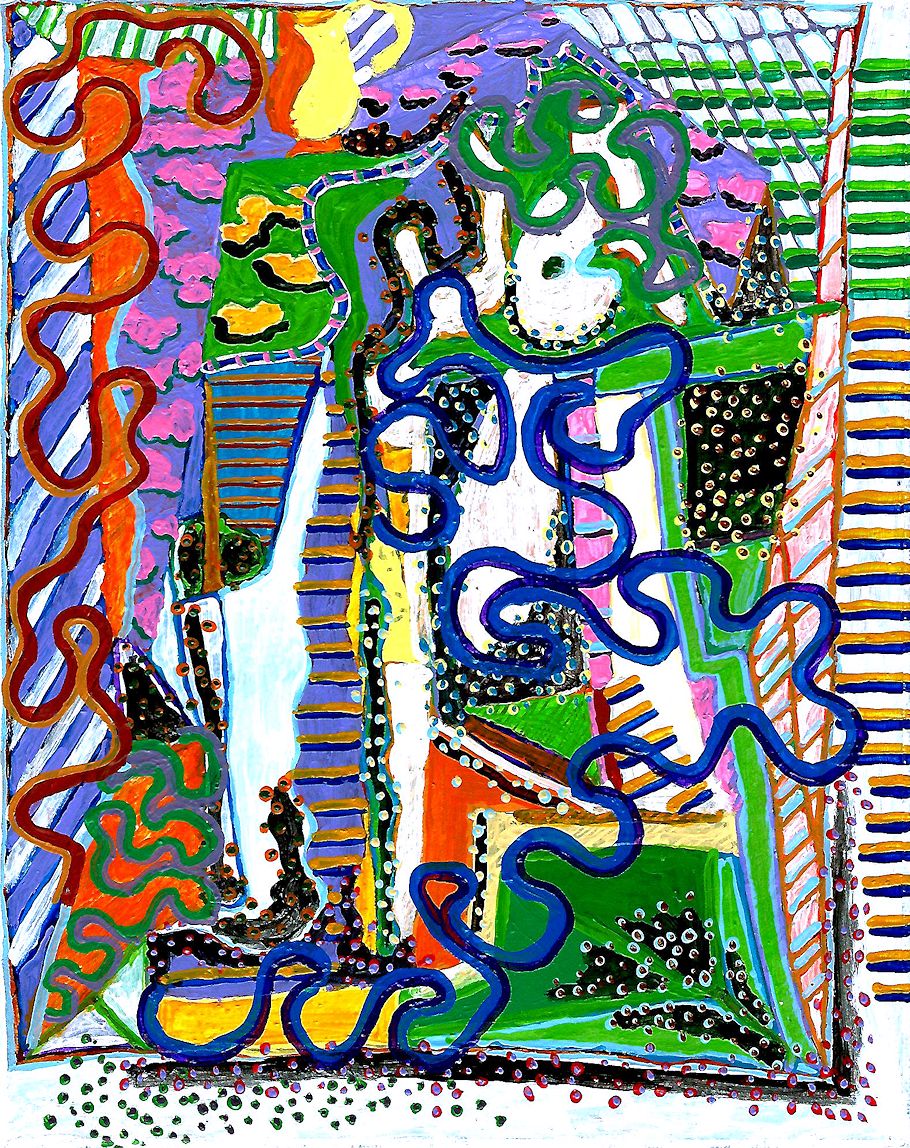
POPICA 001
8 October 2022 Saturday
Perhaps the disillusionment with his compatriots stemmed from his dispute with the Accademia de S. Luca. He had been elected a member of the long-established but rather moribund institution in January 1761, on the same day as Gavin Hamilton, Thomas Jenkins and several members of the Rezzonico family. The arguments arose out of a discussion on the form of a memorial to Pio Balestra, an architect who had left his fortune to the academy to establish a prize fund. On 9 September 1772, ten years after the donor's death, the academy met to choose a design for a memorial to their benefactor in Pietro da Cortona's Baroque church of SS. Martina e Luca overlooking the Forum. Rejecting two schemes on the grounds of expence, the selected one by Tommaso Righi, the sculptor who had worked for Piranesi in S. Maria del Priorato; Raphael Mengs, the principal of the academy, was charged with drawing up a contract. A month later, 2 October, Piranesi caused an uproar in the assembly by rejecting to the design; the minutes of the meeting only state that there were 'disputes and altercations which caused disorders among the members'. Bianconi, however, relates the Piranesi actually came to blows with his opponents. The same day he wrote a long memorandum to Mengs setting out his views. Obviously he considered that Righi's design was too formal and unimaginative; he wanted to turn the church into a pantheon of the academy's most distinguished members and benefactors with monuments to suit the architecture, and, for a start, Balestra's memorial should be full of allegorical allusions like the vigorous Baroque figures by Le Gros on either side of the altar of St. Ignatius in the church of the Jesuits. Perhaps he was influenced by recollections of the allegorical statuary of his friend Corradini which he had seen as an impressionable youth. Certainly the sculptures in the Gesù must have seemed very dated half a century later both morally and artistically: Religion triumphs rather too robustly over Heresy as gleeful cherubs shred the works of Luther, and the Protestant fathers are tumbled hellwards by a then still confidently invincible Faith. At any rate, when Piranesi's letter was read to the assembly three weeks later, neo-classical restraint was the order of the day, his appeal to old fashioned luxuriance was voted out unanimously and Righi's conventional design of cherubs and artist's tools was duly executed. In disgust, Piranesi avoided the academy for the next six years although he did attend a meeting [11] October 1778, the month before he died. It was not a proper reconciliation; in contrast to the official mourning for Mengs in 1779, his death is passed over in silence in the academy's records.
Jonathan Scott, Piranesi (London: Academy Editions, 1975), pp. 245-6.
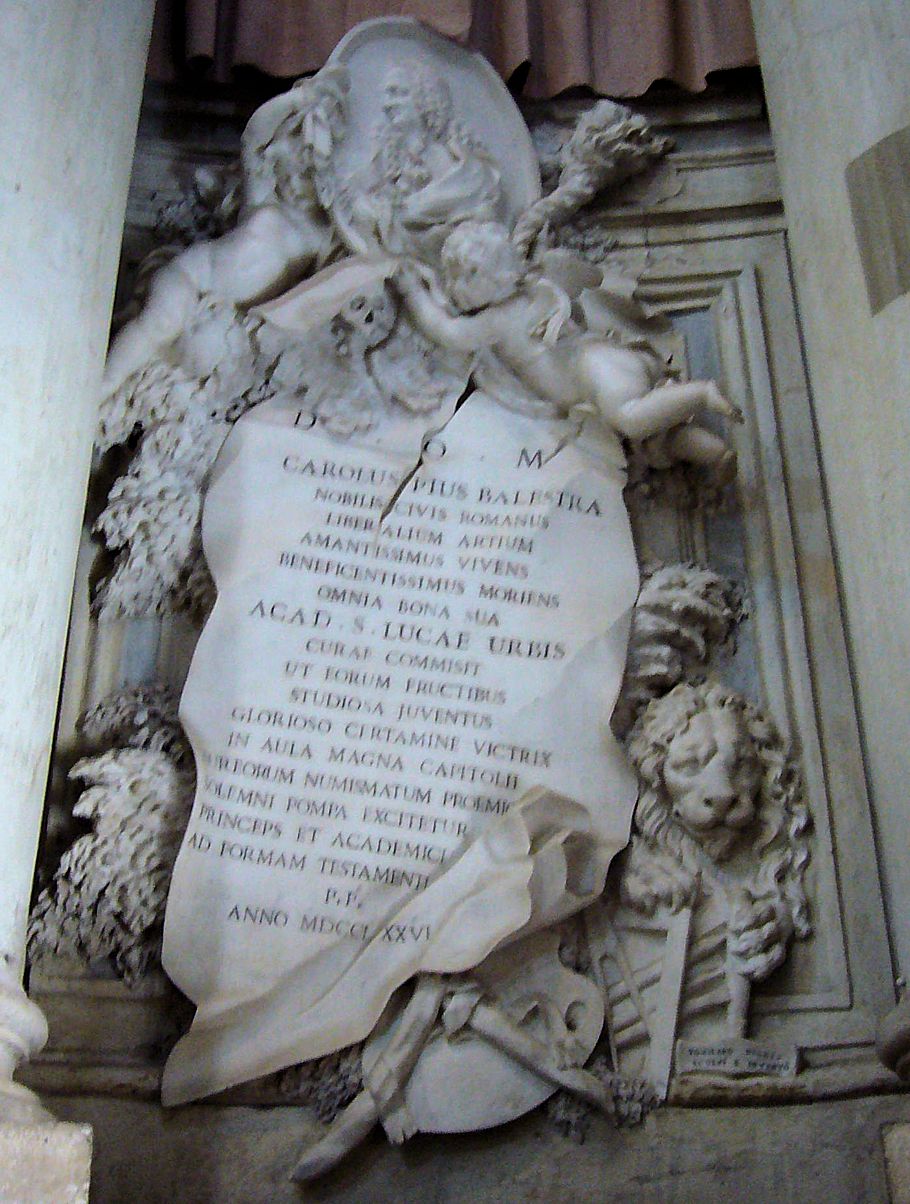
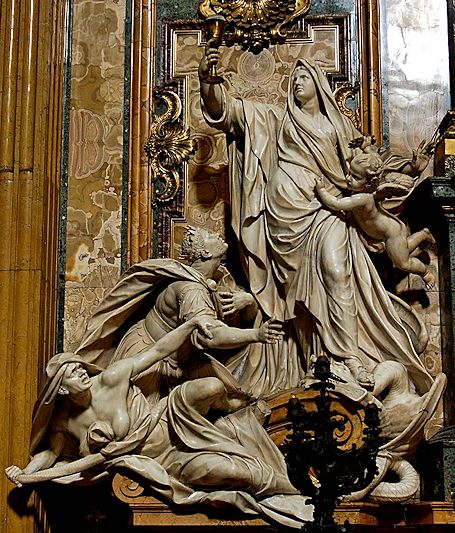 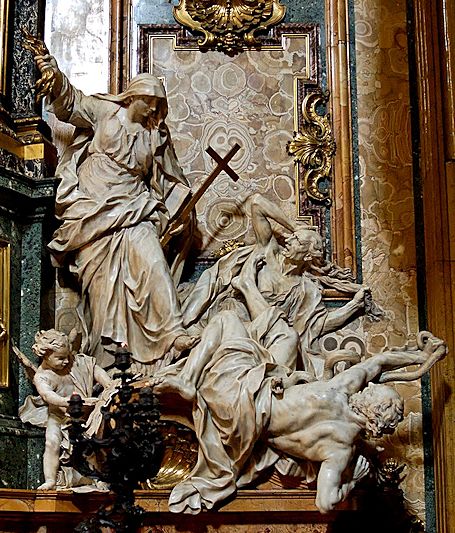
8 October 2023 Sunday
Excerpt from an email sent this afternoon:
It turns out that I have personal histories when it comes to me and my work being omitted from the narrative.
For example, why do Wilton-Ely, Eisenman, Aureli, etc., when writing about and teaching Piranesi’s Ichnographia Campus Martius, all continually omit the fact that I discovered the existence of two different versions of Piranesi’s large plan? They all know of my discovery since 2001, or at least 2005, yet no one ever mentions it. The reason for the omission is shamefully obvious: they want to control the narrative of Piranesi’s Ichnographia Campus Martius, while at the same time make sure I have no control of that narrative. Simple as that.
The main reason Piranesi scholars, prior to circa 2000, failed to discover Piranesi's final project, I suppose, is because they did not have the Internet, particularly the internet of virtual museums, vast digital libraries and archives, and massive search engines, at their disposal. All my Piranesi discoveries, except, of course, the first, 14 May 1999, discovery of the Ichnographia Campus Martius existing in two different printed versions, were facilitated by looking at scanned/digitized Piranesi data gradually made available throughout the internet.
I got a glimpse, last night, of what may have happened soon after Piranesi's death: there was a substantial uptick in book sales, with an exceptionally high demand for Il Campo Marzio--although most buyers just wanted the Ichnographia Campus Martius, the entire Il Campo Marzio volume had to be purchased to get it. What resonated most within my glimpse was the scene of Laura and Francesco looking at each other kind of laughing and wondering whether anyone would immediately recognize that all the circuses within the Ichnographia Campus Martius had been completely altered, despite their father, in extremis, telling them, "In all likelihood, no one will ever notice."
It's starting to get cold outside at night.
|